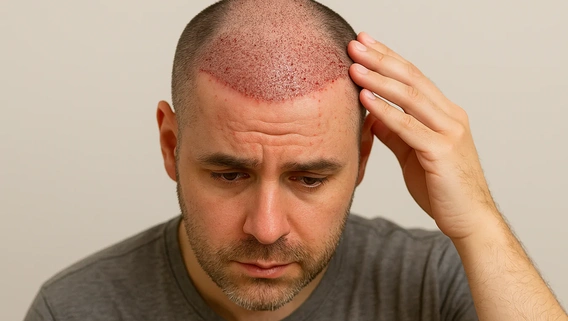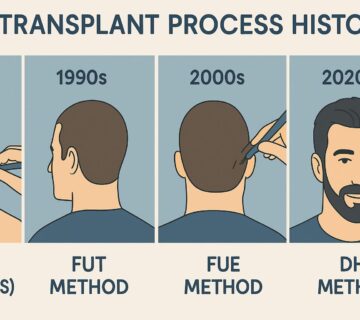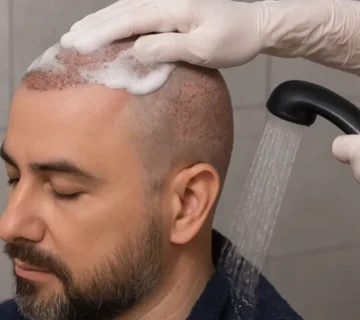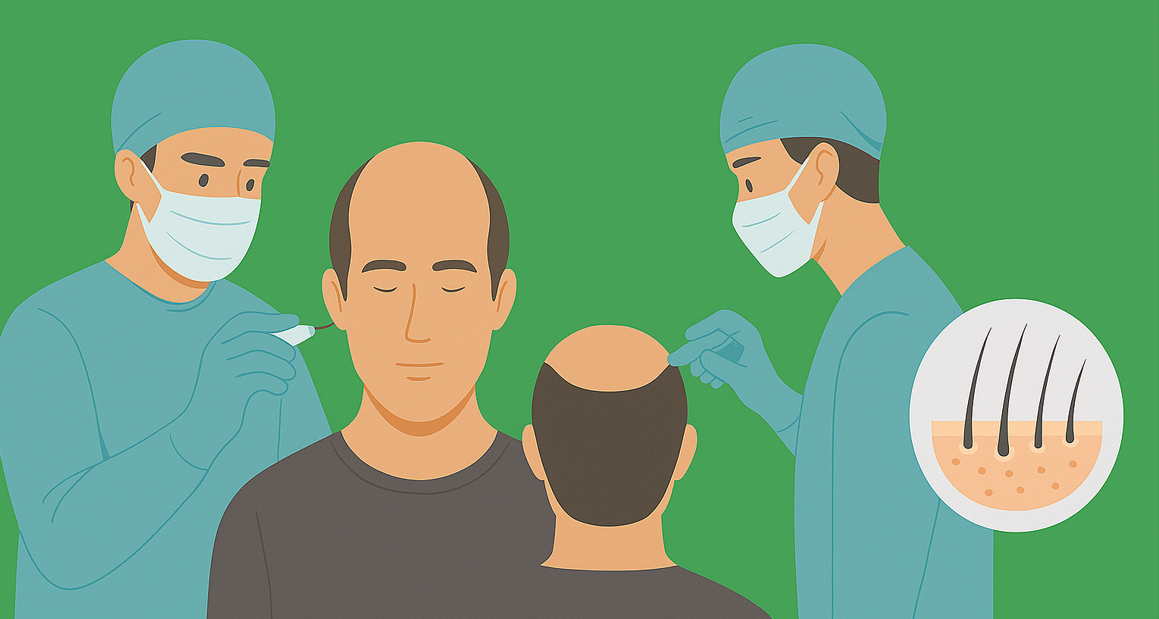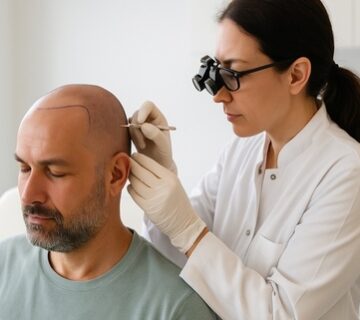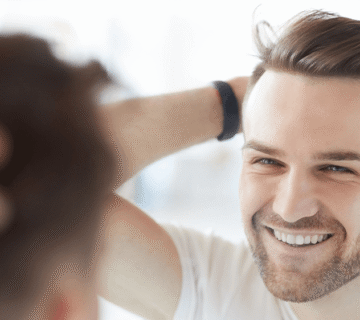In recent years, hair transplant has become one of the most effective and permanent solutions for combating hair loss. For many, it’s a life-changing procedure that restores not only hair but also self-confidence. However, like any surgical intervention, hair transplant may come with side effects. Most of these are mild and temporary, but choosing the wrong clinic can lead to more serious complications.
At Adem Köse Hair Transplant Center, we perform hair transplant procedures using the latest techniques, in sterile environments, and with our highly experienced team. Our goal is not only to achieve natural-looking results but also to ensure a safe and smooth treatment process.
Common Hair Transplant Side Effects
Since each individual’s skin structure, healing process, and overall health differ, post-operative reactions may vary. However, here are the most common side effects of hair transplantation:
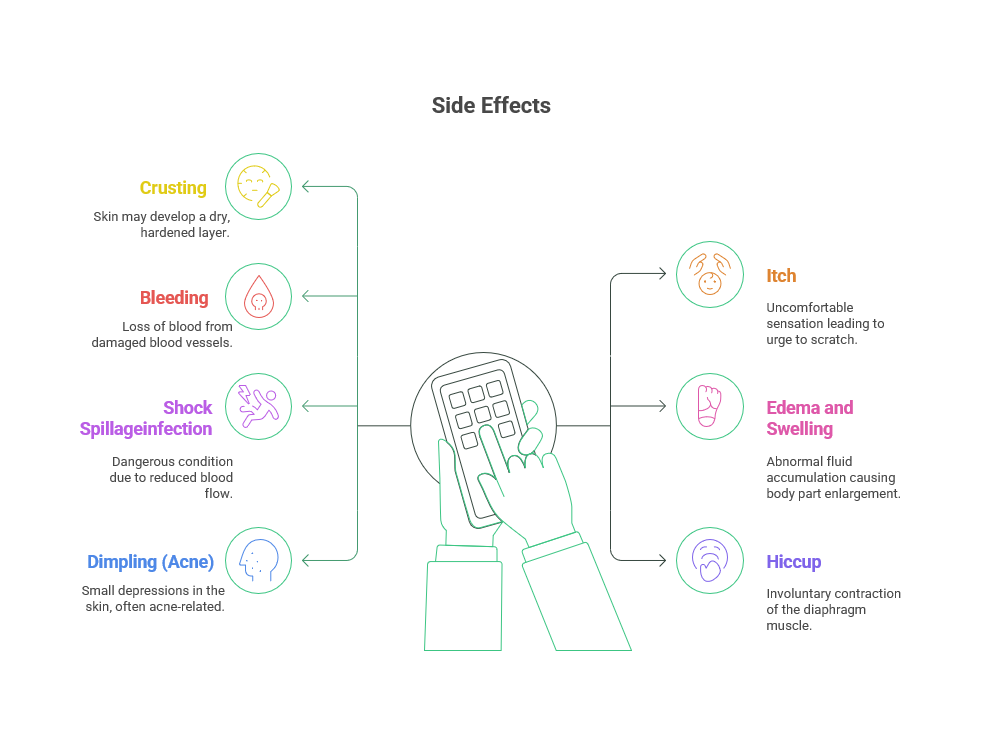
1. Crusting
Small scabs may form on the transplanted area within the first few days. This is a normal part of the healing process. Avoid picking at the crusts, as this can damage newly implanted grafts. Follow your doctor’s washing and care instructions closely.
2. Itching
Itching is commonly linked to crust formation and is a natural part of healing. However, scratching can harm hair follicles. Medicated shampoos recommended by your doctor can help relieve this sensation.
3. Bleeding
Minor bleeding may occur in the donor or recipient areas. This usually happens during the first day or two post-op and is temporary. Light pressure with a sterile pad is typically sufficient. If bleeding persists, consult your doctor immediately.
4. Swelling
Swelling around the forehead and eyes is one of the most frequently observed side effects. It usually resolves within 2–4 days. Drinking plenty of water, keeping your head elevated, and taking prescribed medication can help reduce swelling.
5. Shock Loss
One of the most concerning side effects is “shock loss.” Transplanted hair shafts may fall out 1–3 months after the procedure. This is temporary. Since the roots remain intact, new permanent hairs begin to grow within a few months.
6. Infection
Hair transplants performed in non-sterile environments significantly increase the risk of infection. At Adem Köse Hair Transplant Center, our strict hygiene protocols and preventive antibiotics minimize this risk. If you experience redness, pus, or fever, contact your doctor immediately.
7. Hiccups
Although rare, some patients may experience persistent hiccups for a few days post-surgery. This may be due to stress or specific medications and typically resolves on its own.
8. Pimple-like Bumps
Small acne-like bumps may form as new hairs break through the skin. This is known as folliculitis or subcutaneous bumps. Regular washing and following your doctor’s instructions will help manage it effectively.
9. Rare Complications
- Hypertrophic scarring or keloids: May occur in individuals with a genetic predisposition to raised scars.
- Necrosis: Improper surgical techniques can lead to tissue damage. This is serious and requires immediate medical attention.
Can Hair Transplant Side Effects Be Prevented?
Yes, most complications related to hair transplant surgery can be minimized with the right clinic and proper procedures. Key precautions include:
✅ Experienced Surgeon: The skill and experience of the surgeon is crucial for avoiding complications.
✅ Sterile Environment: Procedures must be performed in a hygienic, well-equipped medical facility.
✅ Personalized Planning: Factors like skin type, hair loss pattern, and general health must be assessed.
✅ Post-Op Care: Follow your doctor’s instructions precisely. Use recommended shampoos, antibiotics, and lotions.
You Are Safe with Adem Köse
At Adem Köse Hair Transplant Center, we prioritize both aesthetics and patient health. We provide comprehensive pre- and post-operative guidance to minimize risks. All procedures are conducted in sterile conditions, and a personalized aftercare protocol is prepared for each patient.
A hair transplant is an investment in yourself—your safety and satisfaction are our responsibility.
Frequently Asked Questions
When will the itching go away after a hair transplant?
Itching typically begins around day 3 and subsides by day 10–15. It is caused by crusting and the skin’s healing response. Avoid scratching. Medicated shampoos and moisturizers can help relieve the itching.
Is shock loss normal after hair transplantation?
Yes, it’s completely normal. Shock loss occurs between weeks 2 and 8. Transplanted hairs fall out, but the follicles stay intact, allowing new, permanent hair to grow in a few months.
How can I prevent infections?
Ensure your surgery is performed in a sterile clinic. Follow post-op care instructions carefully, including taking antibiotics and keeping the area clean. The first 10 days are critical for infection prevention.
When should I contact my doctor?
If you experience any of the following, consult your doctor immediately:

Early medical attention helps prevent minor side effects from turning into major complications.
For a safe, effective, and professional hair transplant experience, contact Adem Köse Hair Transplant Center today. Let our expert team guide you to a healthier, more confident you.
